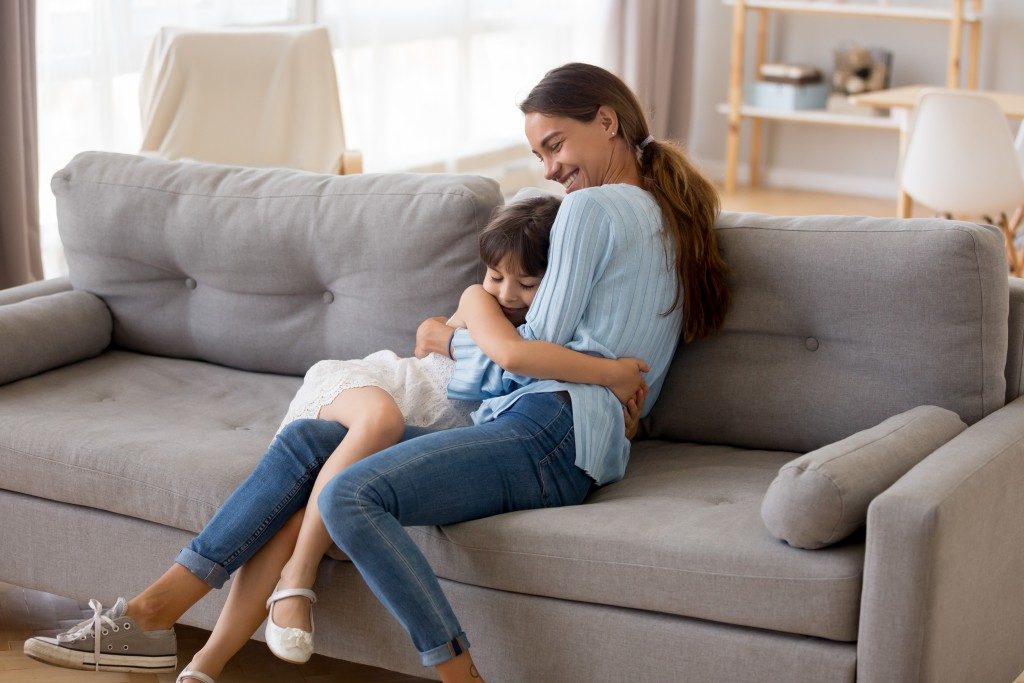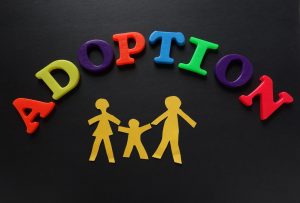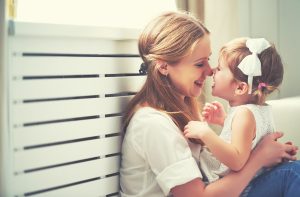The COVID-19 pandemic has imposed an unwanted disruption to children’s education. Schools have closed, and children’s regular and physical support systems have collapsed. Teachers are forced to navigate through online teaching and other distance learning modes.
This prolonged period of learning from home has forced students and teachers to form new habits. Now that vaccines have rolled out and economies are restarting, it’s only a matter of time before schools re-open for face-to-face classes. Yet, the challenge for teachers and school officials is to minimize the risk of transmitting COVID-19 in their learning spaces.
The school reopening is an opportunity for the local government and the community to provide a safe space for the children. For schools to operate, they have done their routine dryer vent cleaning and classroom repairs when the kids come back. Other centers have added more windows for better air circulation.
While schools have done their part, it is the parents’ responsibility to ensure that their children are equipped and trained to be in the new normal classroom. Here’s how you can teach your child to be more independent while practicing health protocols while in school.
Practice spending a whole day in masks.
Masks are essential nowadays. However, some children are still not used to having them on. Talk to your child and explain why they have to wear masks in school. Explain that wearing a mask is a must and that it is important to prevent the spread of the virus.
Be an example to your child and show them how to use a mask properly. Your whole family can try spending an entire day wearing masks at home just so your young child can get the hang of it. Let them know that they can only take off their masks when they are eating or drinking. By doing this exercise at home, you prepare them to practice proper mask etiquette even when you are no longer watching.

Reiterate the importance of handwashing.
The coronavirus can be transmitted by touching infected surfaces, so kids need to understand the value of handwashing.
Teach them the five steps: wet, bubble, scrub, rinse, and dry. Scrubbing should take more than 20 seconds, or by singing the “Happy Birthday” song twice. They should also be trained to wash their hands when they use the restroom, before and after eating, upon entering the house, and after sneezing.
Instruct them how to use hand sanitizer properly.
Hand sanitizers can be used in place of handwashing, especially if the child has no access to soap and water. However, it is best to train children to seek assistance from an adult when using hand sanitizers, especially since sanitizers can be dangerous when ingested.
Train your children not to touch their faces.
Your children could have a habit of touching their faces, especially when they are bored. Train them to practice quiet hands when outdoors. When they need to scratch their face, teach them to cover their hand with a tissue beforehand.
If your child has long hair, it is best to have it pulled back or styled neatly. For children with special needs, training them with a fidget spinner or cube can help divert their face touching habits.
Point out high-touch areas.
High-touch areas are surfaces that others touch frequently. Teach them to wash their hands or use a sanitizer after touching a high-touch area. You can also train them on how to disinfect these surfaces with a disinfecting wipe or a tissue.
Teach them how to greet their friends in a socially-distant way.
It will be difficult for children not to hug, high-five, or hold their friends when they meet. Teach them how to do the elbow or fist bump as a replacement for the high-five. You can also encourage them to do an air high-five or a flying kiss to limit their physical interactions with friends.
It is also important to show them how six feet looks like. Reiterate the importance of maintaining distance from friends. You can train them to get used to distancing by practicing this at home during dinner or playtime.
School openings will be successful if school administrators, parents, teachers, and children do their part. Forming a new routine can be challenging, but it is better than contracting the disease and becoming sick. With commitment and practice, your child can get used to these new routines. Health habits will help them be healthier and safer in the long run. Before letting them go to learning institutions, ensure that they are ready to protect themselves.



















